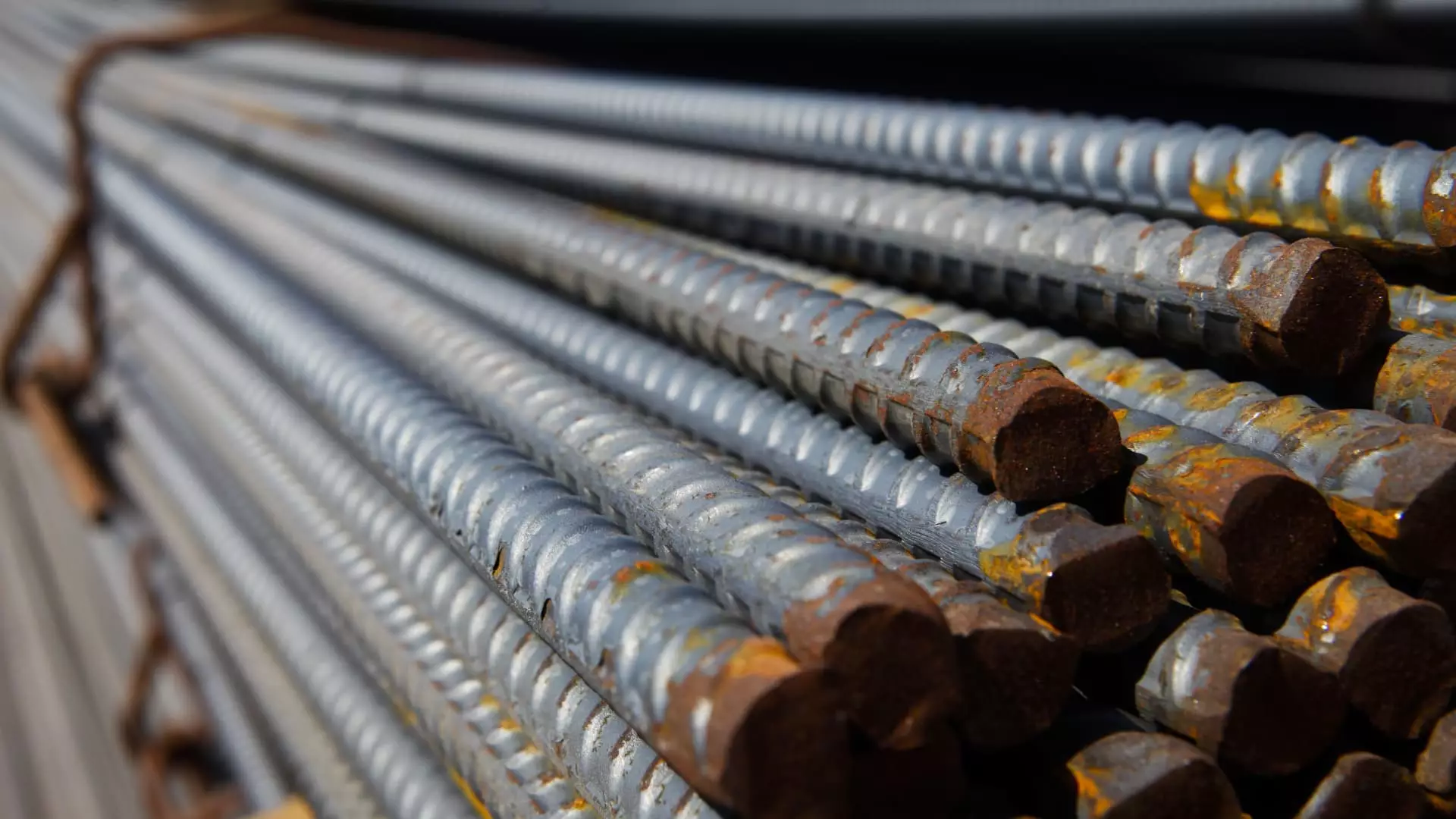The recent imposition of tariffs by President Donald Trump has sent ripples through the U.S. steel industry, sparking both optimism and apprehension among stakeholders. The introduction of a 25% tariff on steel imports from Mexico and Canada, alongside a 10% levy on Chinese steel, paints a complex picture of potential benefits and significant risks for domestic steel manufacturers. As the market responds and analysts weigh in, a closer examination of these developments reveals the intricacies of tariff policies and their potential ramifications for the future of steel production in the United States.
On the surface, the announcement of tariffs initially buoyed the stock market; however, the reality proved more nuanced. Following the imposition of tariffs, market reactions veered between optimism and caution. For instance, while the Dow Jones Industrial Average experienced some fluctuations, losing approximately 100 points after an initial 600-point drop, steel stocks displayed a mixed bag of performances. Companies like Nucor saw an uptick in their shares, while others, like Steel Dynamics, experienced declines. This volatility highlights the sensitive nature of stock market dynamics as investors gauge the long-term impact of tariffs amidst immediate financial fluctuations.
Industry leaders believe that heightened tariffs will render foreign steel imports more costly, thus encouraging U.S. manufacturing to ramp up production to meet domestic demand. Leon Topalian, the CEO of Nucor, underscored how illegal dumping practices, alongside currency manipulation, have historically undermined the steel market. By imposing these tariffs, the expectation is for a reclamation of market share for domestic producers, allowing them to establish pricing power that has been hard-fought in recent years.
Financial institutions like Morgan Stanley have noted a recovery in steel prices, attributing this shift to the protectionist measures introduced by the U.S. government. Analyst Carlos De Alba indicates a forecasted price increase as 2026 approaches, suggesting a gradual improvement as tariff effects permeate the economy. However, the bullish outlook may not be as robust as it seems, as the anticipated growth in demand remains subdued, projected at a modest 1.6%.
Despite the initial positives brought about by the tariff enactment, more profound challenges loom on the horizon. Analysts from Bank of America Securities have flagged concerns regarding potential reductions in automotive production, a sector that accounts for approximately 25% of the overall steel demand in the U.S. With diminishing demand from this significant sector, the situation poses potential headwinds for the steel industry, thereby complicating an already delicate landscape.
Moreover, analysts from UBS also reflected on the short-term gains in steel prices tempered by limited demand and ongoing capacity additions in critical product segments. This foreboding outlook raises questions about the sustainability of the current market conditions and whether the surge in pricing observed following the tariffs can be upheld in the face of declining demand.
The possibility of consolidation within the steel industry adds another layer of complexity to the situation. Following the blocking of Nippon Steel’s proposed acquisition of U.S. Steel, alternative partnerships, such as the one between Nucor and Cleveland-Cliffs, come into play. Such actions signify a shift in competitive dynamics within the market, potentially reshaping the future of steel manufacturing in the United States.
As the U.S. steel industry navigates the ramifications of tariffs, the intertwined relationships between pricing, demand, and market competition will continue to evolve. Stakeholders must remain vigilant to changes in consumer behavior, legislative decisions, and global market trends as they strategize for the future.
While tariffs present a hopeful avenue for revitalizing the U.S. steel industry, they also usher in a series of complex challenges and uncertainties. Stakeholders must carefully assess how these tariffs will influence not only immediate financial outcomes but also the long-term viability of the industry. The path forward will require a delicate balance between seizing opportunities and mitigating inherent risks in a rapidly changing economic environment.

